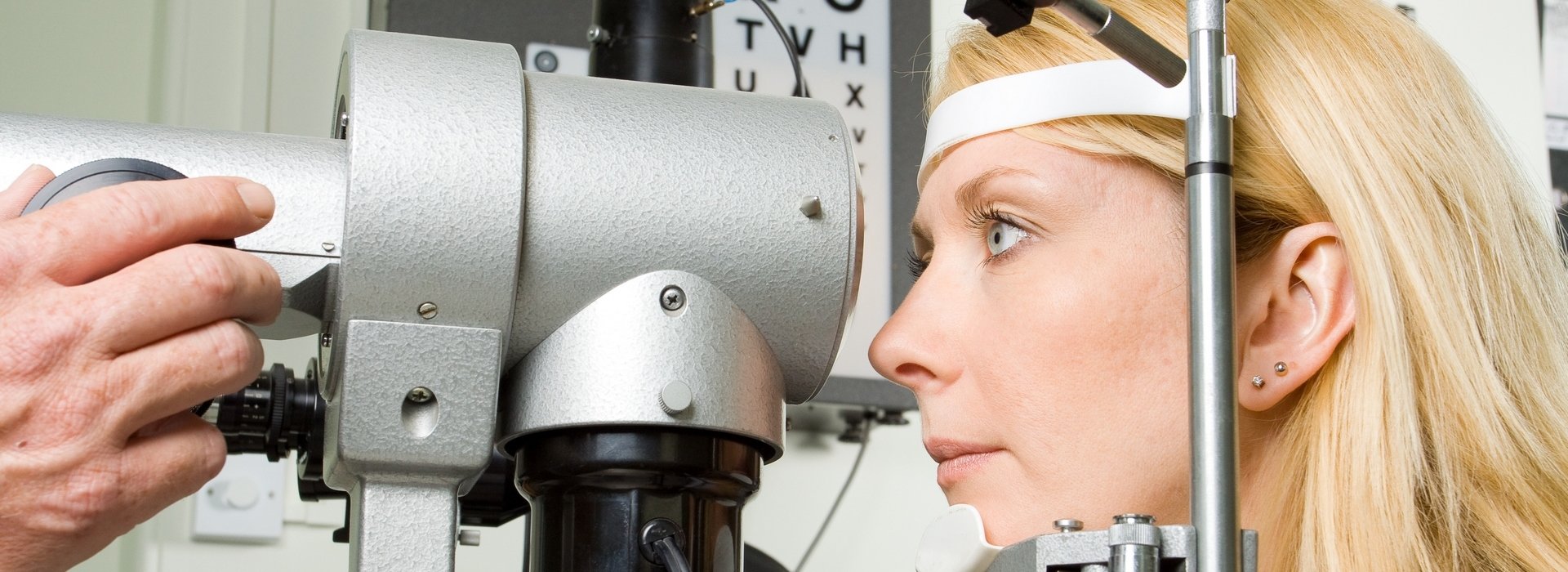

In the world glaucoma is the first cause for blindness. This is such a optic nerve disease, which is caused by a persistent intraocular pressure in the eyeball. In such cases the function of production of liquid aqueous humor by the ciliary body of the eye and its drainage through the trabecular meshwork becomes unbalanced, which leads to the intraocular pressure ascends, and may cause optic nerve blood flow disorder, as well as oedema of the cornea. As a consequence of the optic nerve blood disorder the main optic nerve cells die away with the cornea, thus they are no longer able to transmit the vision in the field of eyesight, dark spots and drop-outs occur. At this point irreversible vision deterioration exfoliates, but in case of a disease which is discovered in time and treated this process can be stopped and the blindness may be prevented! This is why it is very important to recognize the disease in an early stage, and thanks to the computer screening tests already the smallest mutation is traceable.
Glaucoma most frequently develops after the age of 40, the following risk factors may increase the chance of formation this disease: glaucoma occurrence in family members, senior age, blood vessel narrowing, diabetes, high blood pressure, smoking, alcohol consuming, high or fluctuating intraocular pressure, tight eye fundus vein network.
The typical symptoms of the glaucoma disease are the reddening and pain around the eye, blurry vision, and a perception of a rainbow-like circle around a light source. Glaucoma may also develop in a rush, the characteristics of which are: “as hard as stone eye”, unbearable pain, high intraocular pressure, feeling of sickness, distended pupils, greenish-grayish cornea. However in most cases this serious disease develops without any symptoms, this is why it is very important the above mentioned regular, minimum once in two years screening test.
There are three known types of glaucoma: open angle -, angle closure - and secondary glaucoma. In order to establish a diagnosis, oculists have to do different examinations; they try to spot the glaucoma symptoms in time by measuring the intraocular pressure, and doing the eye fundus -, visual field – and ophthalmoscopy tests. The treatment depends on the type of the glaucoma, but the goal is to lower the intraocular pressure and to improve the circulation of the papilledema.
In the fist stage of the treatment, the pressure is tried to be lowered by eye drops, medicine, infusion, and if it does not bring any results, then with an open angle glaucoma laser operation the laser spot is applied to the drainage mechanism of the eye to increase the outflow of fluid, thus lowering eye pressure, and in case of an angle closure glaucoma the laser creates a tiny hole in the iris - the colored part of the eye - and allows the drainage area to widen. In order to prevent the pain anaesthetic eye drops are used, the patient can already go home on the day of the surgery.
The other method is a filtration surgery, during which an oculist prepares manually a new drainage mechanism, thus a new route is created for the fluid. This operation may be done in a hospital as well as in a clinic, but the patient may leave home on the day of the operation.
After the operation the doctor examines the internal pressure of the eye, in order to make sure that the operation was a success and prescribes eye drops for the patient.